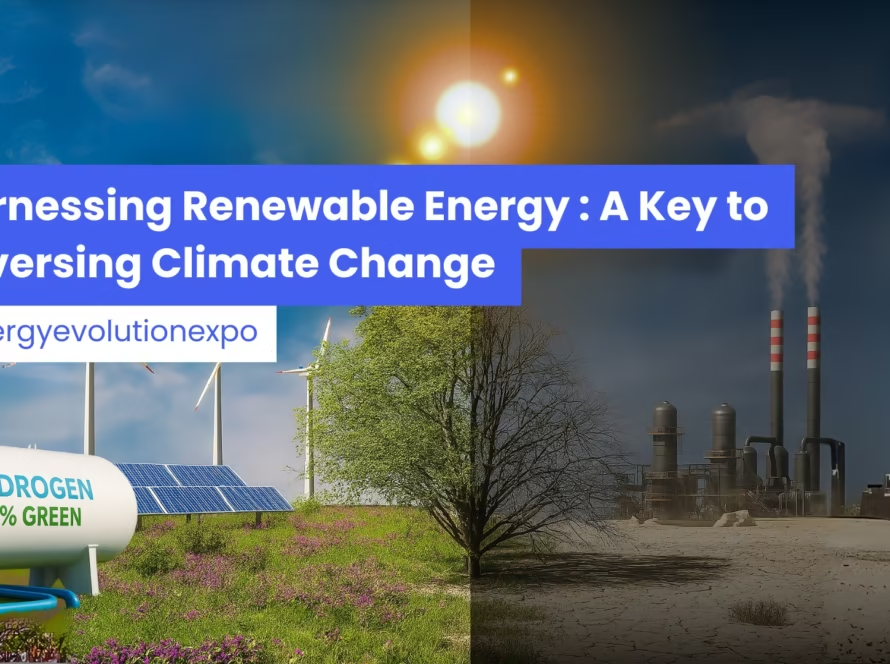Will the world meet its COP28 goal of tripling renewable energy capacity by 2030? Explore the current gap, key trends, and the role of global events like the Energy Evolution Awards 2026 in closing it.
Since the historic COP28 summit in Dubai, where nations pledged to triple global renewable energy capacity by 2030 to around 11 terawatts (TW), the world has made encouraging strides—but there’s still much ground to cover. With record-breaking renewable deployments in 2023 and 2024, momentum is building. Yet, the gap between current national targets and what’s needed—the so-called “climate target gap”—remains significant.
Global targets for 2030 have inched up, now totaling 7.4 TW—just over double the 2022 capacity. This is a meaningful step forward, but still shy of the tripling goal. Only 22 countries, mostly in the EU, have updated their ambitions since COP28. Encouragingly, India is among the few nations already aligned with the global vision, demonstrating what’s possible when political will meets policy clarity.
Many other countries are still in the process of aligning their national plans. While some updates have been part of routine cycles rather than direct responses to COP28, the coming years present a clear window of opportunity to raise ambition. The path forward involves more than just setting targets—it’s about creating the enabling environment for renewable energy to thrive.
Accelerating investment is key. Experts estimate that around $5 trillion in additional funding is needed to meet global renewable energy goals by 2030. While advanced economies are progressing, efforts to close the financing gap in the Global South must be prioritized. Stronger international cooperation, innovative finance models, and inclusive platforms will help ensure no region is left behind.
There are reasons for optimism. Asia is showing leadership, with China and India driving strong capacity additions. Meanwhile, the private sector is stepping up with technologies in solar, wind, storage, and green hydrogen. Events like the upcoming Energy Evolution Awards & Conference 2026 in Dubai will further accelerate this shift—bringing together innovators, investors, and policymakers to showcase solutions and scale impact. The conference offers a powerful reminder that bold ideas and collaboration can move the world faster toward a sustainable energy future.
Spotlight on Local Innovation
One of the most promising developments is the rise of localized clean energy solutions—from off-grid solar in rural Africa to community wind projects in Latin America. These initiatives not only close the access gap but also offer models for decentralized, resilient energy systems. With adequate funding and policy support, such grassroots innovations can become powerful drivers of global progress.
Private Sector Innovation & Community Financing
Across the globe, the private sector is stepping up with innovative solutions that are transforming the renewable energy landscape. From AI-driven smart grids to battery storage breakthroughs and floating solar farms, businesses are accelerating clean energy deployment faster than ever. At the same time, community-driven finance models—like energy cooperatives and climate bonds—are empowering citizens to invest directly in local renewable projects.
These bottom-up approaches not only democratize energy access but also build stronger public support for the clean energy transition. As these models scale, especially with the support of platforms like the Energy Evolution Awards & Conference 2026, they offer a powerful blueprint for how private initiative and public action can come together to close the climate target gap.
As we look to COP30 and beyond, the challenge is clear—but so is the opportunity. With the right ambition, financing, and partnerships, the world can still meet its most important climate goal. Tripling renewable energy isn’t just a target—it’s the key to a cleaner, fairer, and more resilient world.
Reference:
What’s new with national renewable targets? Not much!” – Ember (July 31, 2025)
.



